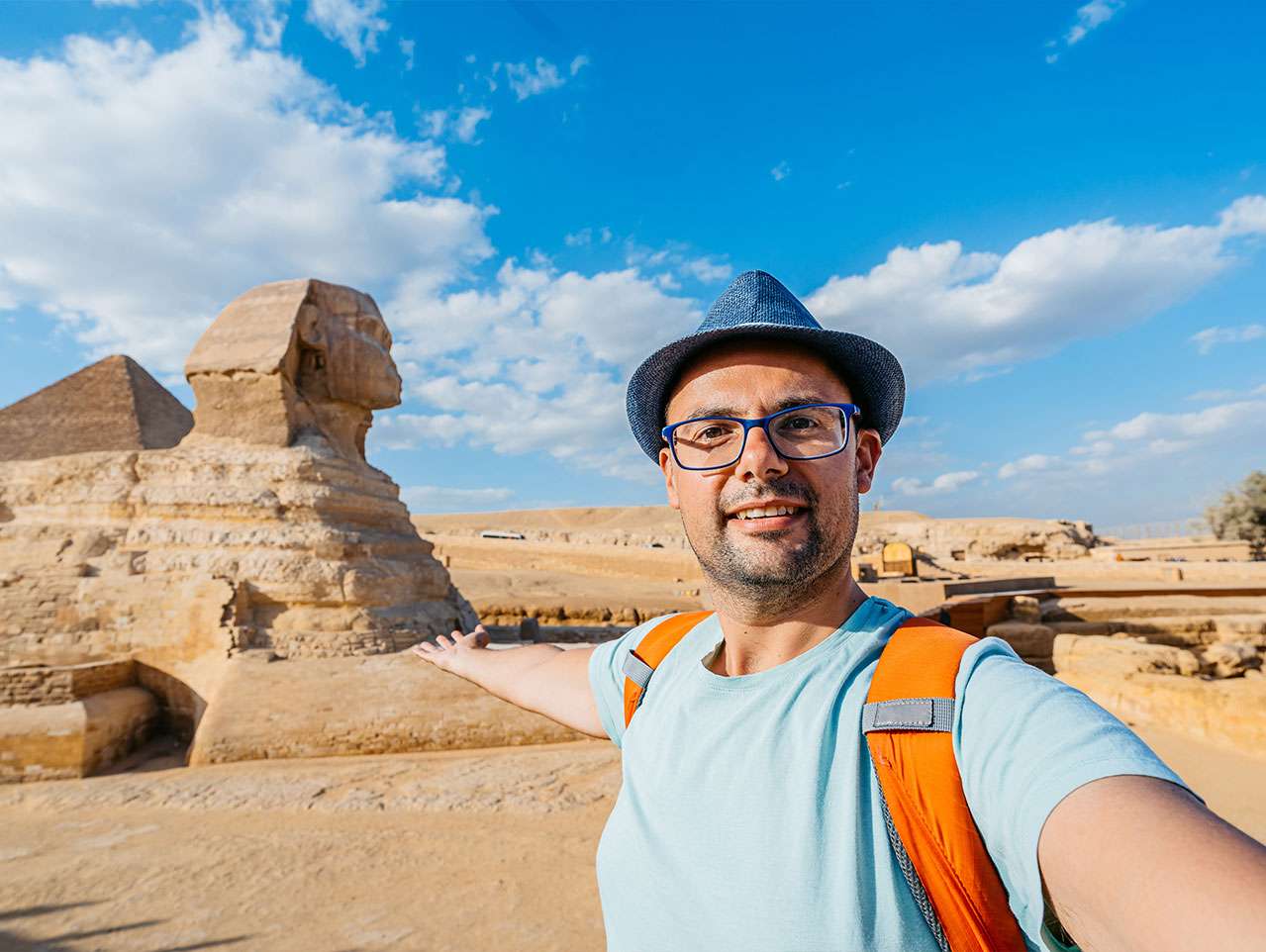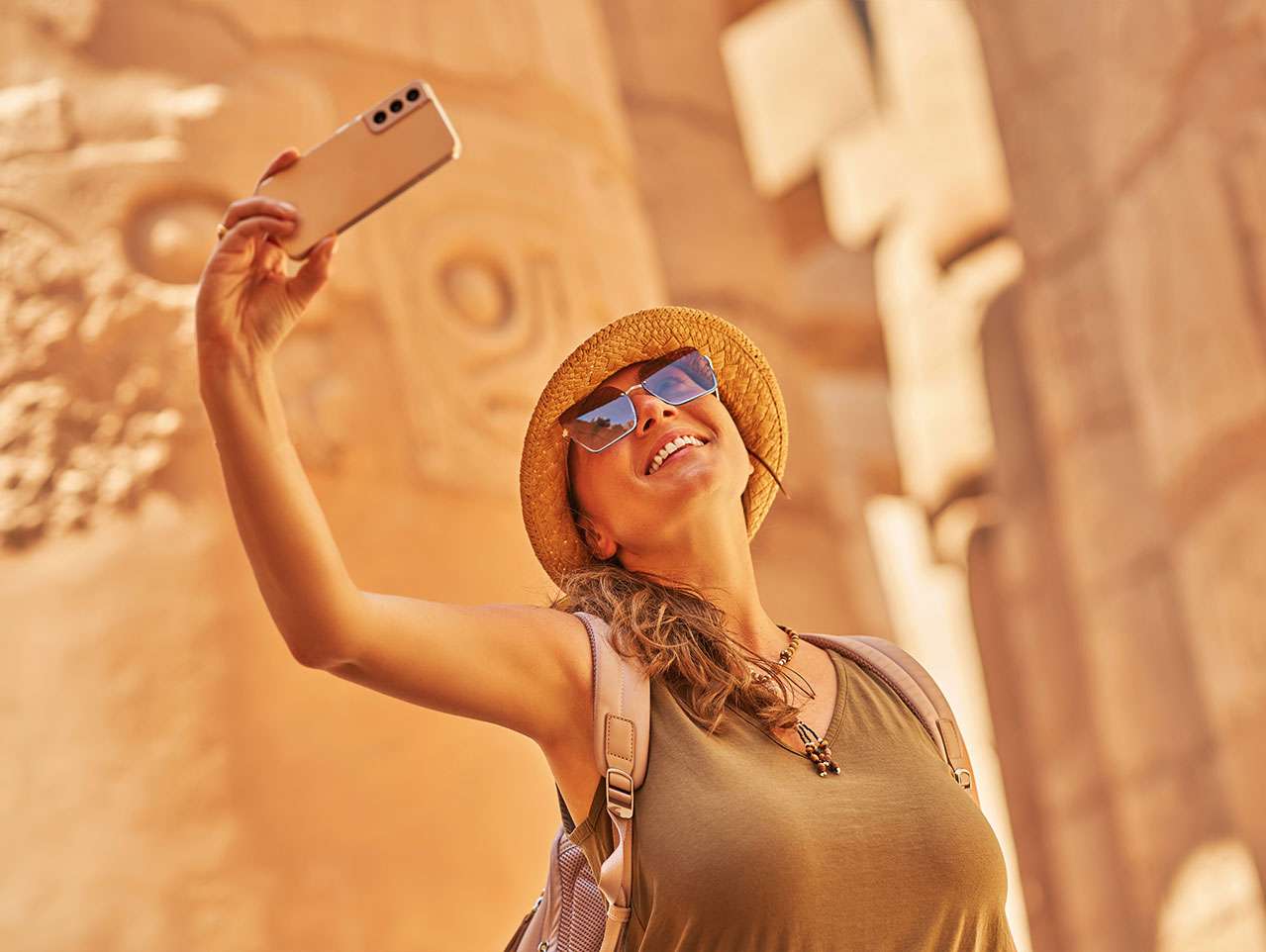Abu Simbel Festival is one of the numerous traditional events that has remained to this day. Twice a year, this solar-related event is commemorated by Egyptians and tourists from different parts of the world. Known as the sun festival, this solar event, like many others, is in honor of gods and royalties of Egypt.
What is Abu Simbel?
Before going into details of the festival, here's a detailed description of Abu Simbel. Abu Simbel is two massive temples built with rocks in a village with the same name in the area of Upper Egypt. The temple complex is part of the UNESCO World Heritage Site called Nubian Monuments.
The Abu Simbel is the twin temple built during the 13th and 19th centuries while Pharaoh Ramesses II ruled in Egypt. The construction of the temples is credited to Pharaoh Ramesses II. While he didn't lay the stones of the buildings, his slaves did the construction, and he commissioned it. The Abu Simbel is one of the many architectural designs Ramesses II constructed during his reign as an Egyptian king.
Why Was Abu Simbel Built?
Ramesses II may have a couple of reasons to build the temples. According to history, the temples were constructed in honor of the king himself and Nefertari, his chief wife. The two temples varied in size; the first was massive, dedicated to Ramesses II, while the second, which was smaller, was dedicated to his wife. A secondary reason why the temple may have been built is to influence Nubia, which is close to Egypt. The Temples thus serve as a way to mark territory, intimidate neighboring places, and extend the influence of the Egyptians. Also, being a man with a couple of achievements, the Pharaoh used the Temple to exhibit his glory and that of his family. Of course, the temples have structures of gods within(even dedicated to some gods), the Pharaoh still used a large part of it to glorify himself alongside the gods.
What Does Abu Simbel Look like?
The temples are magnificent and awe-inspiring. The entrance of the temples has four giant sculptures of the Pharaoh. At the knee level of the huge sculpture of Pharaoh Ramesses II are about eight small sculptures depicting his chief wife, the Queen Mother, his two sons, and six daughters. Another feature of the exterior area of the temple is the 33m image depicting the many baboons worshipping the sun, and showing the marriage of Ramesses to a daughter of king Ḫattušili III among some other details. The second temple also has huge statues of the king and his wife on equal footing.
The interior heralds the king's victory at the battle of Kadesh. Many of the decorations and illustrations are in hieroglyphs. Then the interior of the temple houses a tall statue of the king illustrated as an individual watching over people.
The final room is called the sanctum Santorum-- it's the holiest room with sculptures of four gods. The room remains dark all year round except for two days which serve as the festival dates. The architects worked intelligently to create a fantastic design that allows light into the holy room just twice a year. Furthermore, the light only touches three statues out of four. And this is intentional because the fourth statue is the god of darkness, Ptah. So in the room, sunlight touches the Pharaoh Ramesses II, sun god Ra, and Amun the King of the gods. Only the Ptah god of darkness is positioned not to receive sunlight. In the thousands of years that have passed, the other statues have received light twice a year while the Ptah remains in the darkness.
When visiting Egypt, tourists are known to visit places with amazing architectural designs like the Abi Simbel temple.
The Abu Simbel Sun Festival
With details examined so far, it's pretty clear why the sun festival is fitting for the dates in connection with Abu Simbel temple and Pharaoh Ramesses II. The beauty of the sun festival is that the two days dedicated to it are the dates that marks the birth of Pharaoh Ramesses II and when he ascended the throne. All of this makes it easy to fully appreciate the genius of the architects back then in Egypt. Hence, when the sun shines into the room on February 22nd, it marks the ascension to the throne, and the second time in the year, which is October 22nd marks his birthday. These two days are the only time the inner sanctuary receives light, and people come to celebrate this amazing solar experience.
On the festival days, local people and tourists gather outside the temple before sunrise in large numbers. Usually, the early hours of the day before the rising of the sun is a period to meditate on the brilliance of the ancient Egyptians, the rich cultural heritage, and the spirituality of the locals. Once the sun rises, the crowd is excited, and everyone tries to get along and look at the gods knowing the sun will soon move away to a higher position. Once this moved over, people gathered to merry-- eating, drinking, and interacting. Later in the day, some locals will start to sing and dance to entertain people present at the location. There are also various locally made objects on display as well as food. It's always a good time to interact with each other.
Visiting the Abu Simbel and Experiencing the Festival
People who want to experience the Abu Simbel Sun festival are encouraged to pick a date -- the 22nd of February or the 22nd of October. Whichever date a tourist chooses, it's important to arrive in Egypt 2 days before because the festival starts to gather momentum a day earlier(the 21st). A visitor can also plan to visit other places of interest in Egypt since the festival only takes one to two days.
Let's Plan Your Trip to Egypt Here!
related tours

Egypt Tour : Giza Pyramids & Nile Cruise
8 Days / 7 Nights
From
$ 1099

Best Travel Packages to Egypt with Abu Simbel
8 Days / 7 Nights
From
$ 1445

Egypt Vacation Package
12 Days / 11 Nights
From
$ 1699

Egypt Tour Packages: Cairo Luxor Tour
5 Days / 4 Nights
From
$ 1015

Egypt Christmas Tour
8 Days / 7 Nights
From
$ 1489
